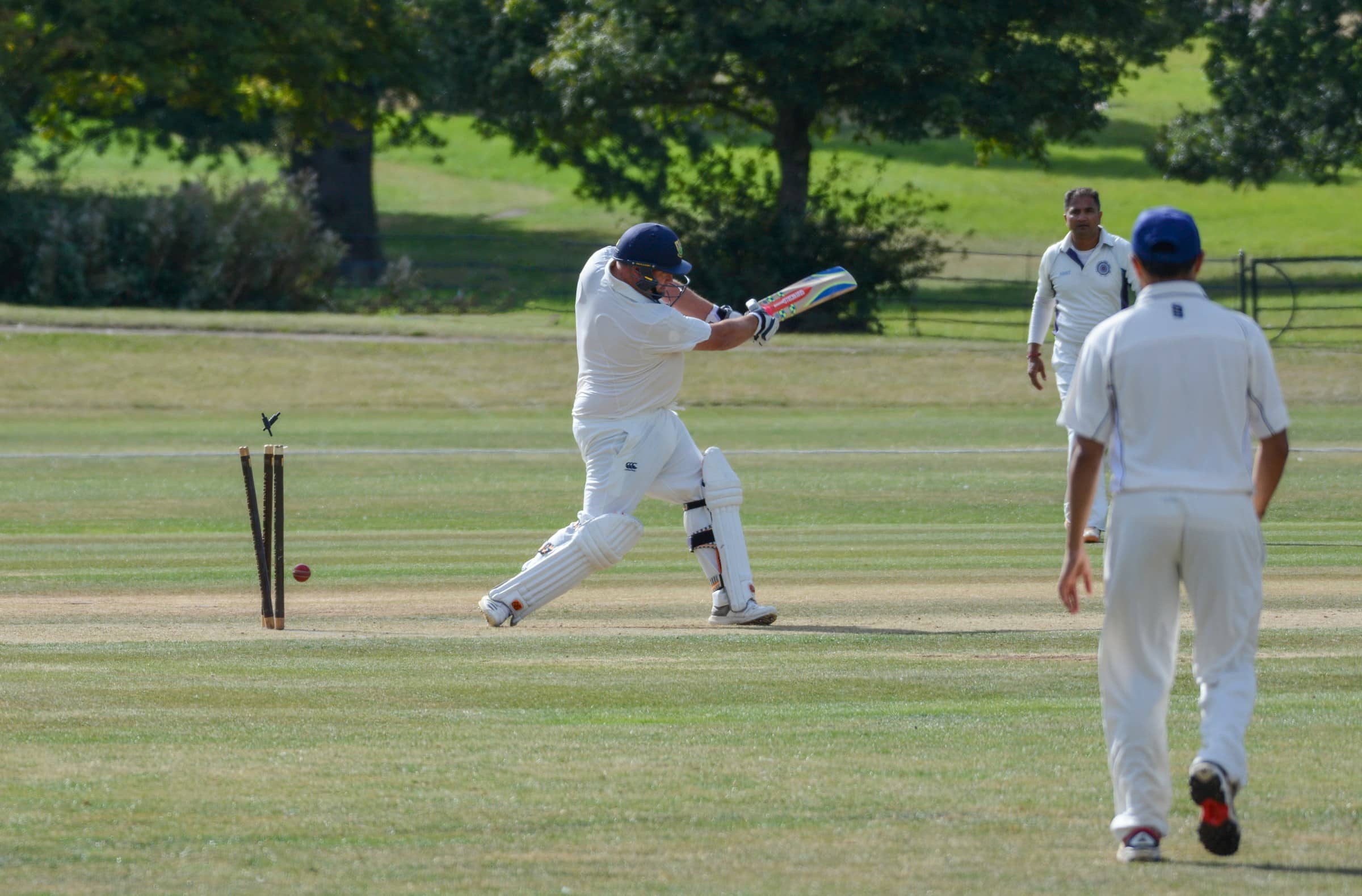
Where can you learn about the historical development of cricket in Lords, London?
For the common cricket aficionados and historians alike, the Lord's Ground in London is a sanctuary of sporting history. Known as the 'Home of Cricket', the ground holds a special place in the heart of the sport. Having witnessed numerous memorable matches, it continues to be a symbol of the game's enduring allure. This article provides a deep dive into the historical development of cricket in Lord's, London.
The Founding of Lord's Ground and the MCC
The history of cricket in Lord's, London, can be traced back to the late 18th century. Named after its founder, Thomas Lord, a professional cricketer, the ground was first established in 1787. This same year, the prestigious Marylebone Cricket Club (MCC) was also founded. Initially, the MCC was created by a group of cricket enthusiasts from the Star and Garter pub in Pall Mall, who wanted a private ground where they could practice cricket. Over time, the MCC has become a guardian of the laws of cricket, upholding its tradition and spirit.
En parallèle : How can you participate in a historical reenactment of the Battle of Hastings?
The history of the MCC and Lord's are deeply intertwined. The MCC made its first definitive cricket code in 1788, just a year after the establishment of the ground. It was the MCC that propagated cricket to other parts of British Empire, thus shaping the international cricket scene as we know it today.
The Architecture and Significance of the Pavilion and Stands
The Pavilion at Lord's Ground is a monument of cricket's history. Constructed in 1889, it has since been a symbol of cricketing tradition. It hosts the Long Room, where players walk through to reach the ground. An archived account retrieved from the MCC collections describes the tension and anticipation that fills the air in this room during a match.
A lire aussi : What are the top locations for learning traditional British leatherworking?
Apart from the Pavilion, Lord's Ground is also home to several notable stands. The iconic old 'Grand Stand', was replaced by a more modern design in 1997. Meanwhile, the 'Compton and Edrich Stands', named after famous England cricketers Denis Compton and Bill Edrich, were pulled down in 2020 and replaced with newer versions. These stands bear testament to the evolving architectural style in cricket infrastructure.
Lord's and Test Matches: A Time-Honoured Tradition
Over the years, Lord's Ground has played host to numerous historical test matches. The first ever test match in England was played here against Australia in 1884. Since then, it's been the venue for many pivotal moments in cricket, such as the memorable Ashes series.
It was at Lord's that the original 'Bodyline' series took place in 1932, a contentious tactic used by the English team to counter the batting prowess of Australian Don Bradman. This event is archived in the history of cricket as a moment that tested the spirit of the game.
The ground also holds the record for hosting the maximum number of World Cup matches, further establishing its significance in cricket history.
Women's Cricket at Lord's: Breaking Boundaries
Women's cricket too has a special place in the history of Lord's. Although women's cricket teams played at Lord's as early as 1887, it was not until 1976 that the first women's test match was played here.
In 1999, the final match of the Women's Cricket World Cup between Australia and New Zealand was held at Lord's. The match was a landmark event, signaling a significant shift in the acceptance and prominence of women's cricket. Today, the MCC has a substantial number of women members, and the club is committed to promoting women's cricket.
The Lord's Museum: Archiving Cricket History
If you wish to delve deeper into the annals of cricket history at Lord's, the Lord's Museum is an indispensable resource. Established in 1953, it is the oldest sports museum in the world. The museum houses a wealth of cricket artefacts, including the original Ashes urn. It also has an extensive collection of cricket memorabilia, from balls used in iconic matches to player jerseys.
Visitors can also view exhibits dedicated to famous cricketers and important cricket events. The museum is continually updated with new exhibits, ensuring that it remains a treasure trove for cricket enthusiasts.
Through its rich history, architectural grandeur, and iconic test matches, Lord's Ground is much more than a cricket stadium. It is a living chronicle of the game's evolution and a testament to its timeless appeal. Whether you are a cricket fan or a history buff, a visit to Lord's, London, is sure to be an enriching experience.
The Media Centre and the Father Time Weathervane: Modern Icons of Lord's
In keeping with the evolution of cricket, the Lord's Ground also boasts of modern architectural marvels that have become synonymous with the ground. The Media Centre, an award-winning structure, is one such icon. Inaugurated in 1999, it was the first all-aluminum, semi-monocoque building in the world. Designed by Future Systems, the media centre provides an unobstructed view of the field. It houses journalists, broadcasters, and other media personnel during matches, and has been a silent witness to numerous historic moments in cricket.
Another emblem associated with Lord's Ground is the Father Time weathervane. This quaint object, standing tall above the old Grand Stand, was a gift to the MCC in 1926 from the architect, Sir Herbert Baker. The weathervane, depicted as 'Old Father Time' removing the bails from a wicket, is a nod to the inevitable passage of time. It has weathered through many eras of cricket, silently overlooking the historic England vs. West Indies test matches and the changing landscape of the nursery ground.
Both the media centre and the Father Time weathervane are contemporary symbols of the Lord's Ground, representing its modern outlook while embracing its deep-rooted traditions.
Conclusion: Lord's Ground - The Living Testament to Cricket's Evolution
Lord's Ground is not just a cricket ground, but a living embodiment of cricket's rich history and continued evolution. From its founding by Thomas Lord to the establishment of the prestigious Marylebone Cricket Club, every corner of Lord's bears testament to historic moments that have shaped the game of cricket. The architectural landmarks like the Pavilion, stands, and the state-of-the-art Media Centre mirror the progression of cricket infrastructure.
The Ground has been a witness to unforgettable test matches, be it the original 'Bodyline' series, the Ashes, or the matches between historic England and the West Indies. The rise of women's cricket and its recognition at Lord's further adds to its vibrant tapestry.
The Lord's Museum, housing a wealth of archived original cricket memorabilia, stands as a repository of the sport's glorious past. Its continuous updating with new exhibits ensures that it remains relevant, showcasing the journey of the game.
Interestingly, Lord's Ground is an epitome of how the game has managed to balance its tradition with innovation. Elements like the Father Time weathervane and the Edrich stands are a reminder of this beautiful blend.
To explore the historical development of cricket, a visit to Lord's, London, is indeed a rich and immersive experience. Whether you're a cricket enthusiast, a historian, or a casual observer, Lord's offers a unique window into the world of cricket, its past, present, and future.
